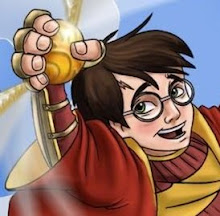Link: ACM Portal
Summary
The future of program design and development lies in automation. In Computational Design (CD), both program design ("what are the steps to create a program that meets a specification?") and program synthesis ("executing the necessary steps to produce the program") are computations.In this paper, mathematics of category theory is used to provide an informal basis for CD, Model Driven Engineering (MDE) and Software Product Lines (SPL).
Category Theory: In category theory, an object is a domain of points. Recursion is fundamental: a point itself can be an object. An arrow is a map or function or morphism between objects. Arrows are composable, and their composition is associative. A tuple can be an object, hence arrows can map multiple objects to produce multiple objects.
MDE and Categories: In MDE, a metamodel may be an object with model instances its points. Recursion on metamodels is seen in MDE (e.g. OMG MOF three-level architecture). An arrow is a mapping relationship between models, a transformation is an implementation of an arrow expressed in an MDE transformation language, and a tool is any other implementation (Java etc.). In MDE it is common to map multiple models as inputs and produce multiple models as output, which is elegantly expressed by category theory using tuples.
SPL and Categories: An SPL is a set of similar programs. Programs are constructed from features, which are increments in program functionality. SPLs define relationships between its programs using arrows, where arrows represent features. By composing arrows (features), the programs of an SPL are created. A program's design is an expression (i.e. a composition of arrows). From a modeling perspective, all program artifacts in SPL approach are created by extending simpler artifacts, recursively.
Definitions
Computational Design: a paradigm of software engineering where both program design and synthesis are computations.Model Driven Engineering: Defines high level models of an application, and transforms these models into low level artifacts, such as executables.
Software Product Line: A software product line is a set of similar programs. Programs are constructed from features, which are increments in program functionality.
Category Theory: A theory of mathematical structures and their relationships.
